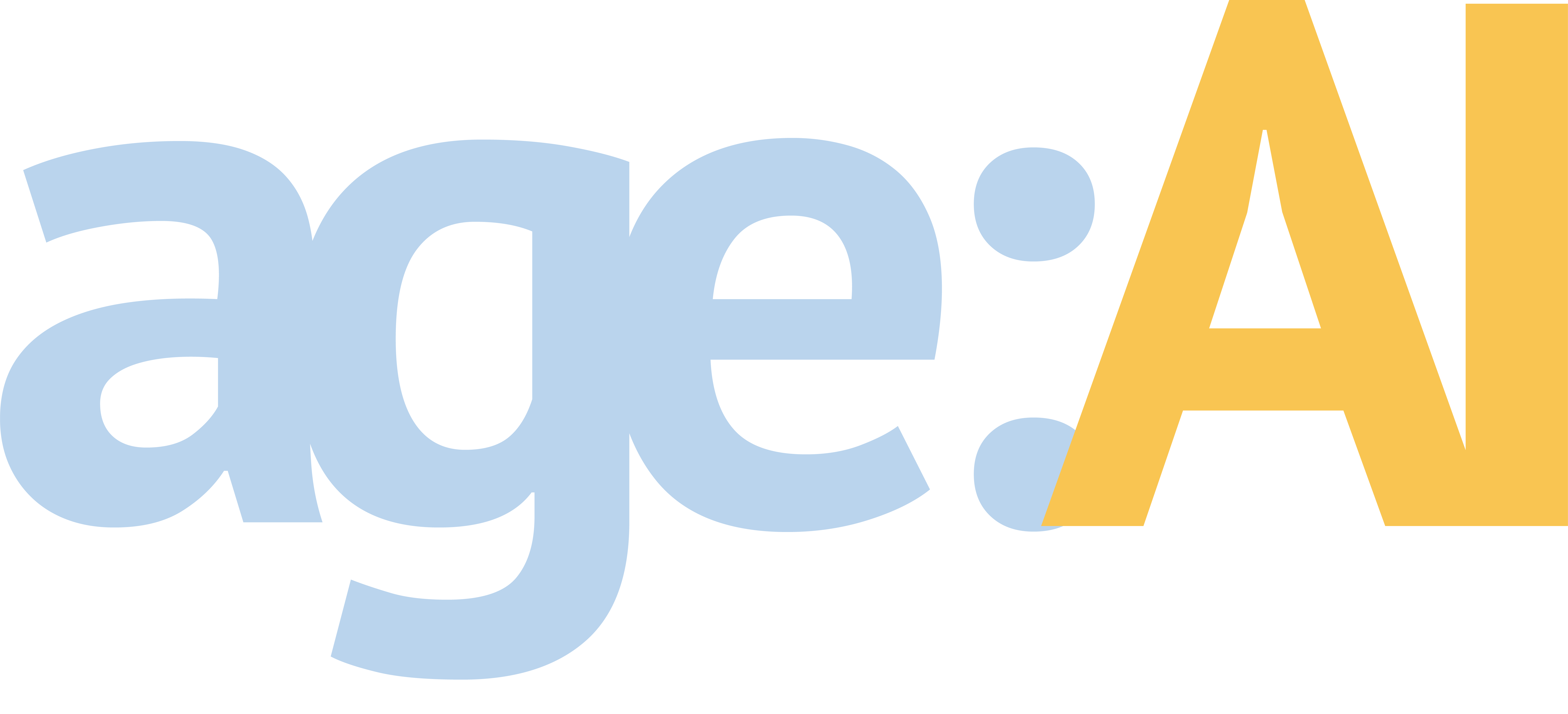As the world increasingly embraces artificial intelligence (AI) and automation, businesses in this sector face a unique challenge: how to drive innovation while minimizing their environmental impact. Two key strategies have emerged to address this issue: offsetting and insetting CO2. Lets explore these concepts and their application in the AI automation industry, with a particular focus on practical insetting methods that can make a real difference.
Understanding Carbon Offsetting and Insetting
Before diving into specifics, let’s clarify what we mean by carbon offsetting and insetting:
- Carbon Offsetting: This involves compensating for your carbon emissions by funding an equivalent carbon dioxide saving elsewhere. For example, a company might purchase carbon credits that support reforestation projects. Learn more about carbon offsetting from the United Nations.
- Carbon Insetting: This refers to implementing carbon reduction within one’s own business operations. For AI automation businesses specifically, this involves optimizing algorithms to reduce compute cycles, ultimately resulting in lower power usage. The Insetting Platform provides a comprehensive explanation of this concept.
Both strategies aim to reduce net carbon emissions, but insetting offers the additional benefit of directly improving business operations without having to ‘purchase’ credits, which faces criticism due to several important factors:
- False Sense of Sustainability: Offsetting can create a misleading impression that running inefficiently is acceptable as long as credits are purchased. This mindset can hinder genuine efforts to reduce emissions at the source.
- Lack of Direct Impact: Purchasing carbon credits doesn’t directly address the emissions produced by a company’s operations. While it may fund beneficial projects elsewhere, it doesn’t solve the root problem of the company’s own carbon footprint.
- Questionable Effectiveness: The actual impact of some offsetting projects has been called into question. Issues such as additionality (whether the project would have happened anyway) and permanence (how long the carbon will remain sequestered) can reduce the real-world effectiveness of offsetting.
- Delayed Action: Relying on offsetting can delay the necessary transitions to more sustainable technologies and practices. It may be seen as an easy way out, potentially slowing down innovation in emissions reduction.
- Ethical Concerns: Some argue that offsetting allows wealthy individuals and companies to essentially “pay to pollute,” which raises ethical questions about environmental responsibility.
- Verification Challenges: Ensuring the quality and effectiveness of offsetting projects can be difficult, leading to potential issues with transparency and accountability.
In contrast, insetting directly addresses a company’s own emissions and operational efficiency. It encourages businesses to look inward and find ways to reduce their environmental impact through their own actions and innovations. This approach not only has a more direct and verifiable impact on reducing emissions but also often leads to improved business processes and potential cost savings.
For AI automation businesses, insetting could involve optimizing algorithms to reduce computational power needs, improving data center efficiency, or developing more energy-efficient AI models. These actions have the dual benefit of reducing the company’s carbon footprint while also potentially improving performance and reducing operational costs.
While offsetting can play a role in a comprehensive carbon reduction strategy, especially for hard-to-eliminate emissions, it should not be seen as a substitute for direct action to reduce emissions at the source. A balanced approach that prioritizes insetting and operational improvements, with carefully considered and verified offsetting as a supplementary measure, is likely to be the most effective and responsible path forward.
Carbon Insetting: A Game-Changer for AI Automation
For AI automation businesses, carbon insetting offers exciting opportunities to reduce emissions while improving efficiency and potentially cutting costs. Here are some key insetting strategies:
1. Optimizing Prompts to Lower Compute Costs
One of the most effective insetting methods for AI businesses is optimizing prompts used with large language models (LLMs). By crafting more efficient prompts, we can significantly reduce the computational power required for each interaction. This not only lowers energy consumption but can also improve response times and reduce costs.
Best Practices for Prompt Optimization:
- Be specific and concise in your instructions
- Use examples to guide the model’s output
- Implement a few-shot learning approach for complex tasks
- Regularly review and refine your prompts based on performance data
For more on this, check out OpenAI’s GPT Best Practices.
2. Selective Use of LLMs
While LLMs are powerful tools, they’re not always necessary for every task. A key insetting strategy is to use LLMs judiciously, reserving them for tasks that truly require their advanced capabilities:
- Use simpler, smaller models like SLMs or rule-based systems for straightforward tasks
- Implement a tiered approach, starting with less computationally intensive methods and escalating to LLMs only when necessary
- For NLP tasks, consider using specialized models that may be more efficient than general-purpose LLMs
3. Efficient Model Selection and Fine-Tuning
Choosing the right model for each task and fine-tuning it for your specific use case can significantly reduce computational requirements:
- Evaluate different models based on both performance and efficiency
- Consider smaller, task-specific models that may outperform larger general models for certain applications
- Invest in fine-tuning models on your specific data to improve efficiency.
Hugging Face provides excellent resources on model fine-tuning.
4. Optimize Infrastructure and Workflows
Beyond the AI models themselves, there are numerous ways to optimize the underlying infrastructure and workflows:
- Use energy-efficient hardware and consider GPUs optimized for AI workloads
- Implement efficient data storage and retrieval systems
- Optimize your CI/CD pipeline to reduce unnecessary compute usage during development and testing
- Consider edge computing solutions to reduce data transfer and centralized processing requirements
5. Green Energy Sourcing
While not strictly an insetting method, transitioning to renewable energy sources for your computing infrastructure can dramatically reduce your carbon footprint:
- Partner with cloud providers that offer green energy options
- For on-premises infrastructure, explore options for on-site renewable energy generation or purchase renewable energy credits
Google Cloud offers guidance on choosing sustainable regions for cloud computing.
The Case for Carbon Offsetting in AI Automation
While carbon insetting should be the primary focus for AI automation businesses, offsetting still plays a crucial role:
- Immediate Impact: Offsetting allows companies to have an immediate positive impact while working on longer-term insetting strategies.
- Addressing Unavoidable Emissions: Some emissions may be unavoidable in the short term. Offsetting provides a way to compensate for these.
- Supporting Global Initiatives: By purchasing high-quality carbon credits, businesses can support important environmental projects worldwide.
The Gold Standard provides valuable insights into effective carbon offsetting strategies.
However, it’s important to note that offsetting should not be seen as a substitute for reducing emissions. It should be part of a comprehensive strategy that prioritizes direct emission reductions, as explained by the Carbon Trust.
Measuring and Reporting: The Key to Continuous Improvement
To ensure the effectiveness of your offsetting and insetting efforts, it’s crucial to implement robust measurement and reporting systems:
- Establish Baselines: Measure your current energy usage and carbon emissions to set a baseline.
- Set Clear Targets: Define specific, measurable goals for emission reductions.
- Implement Monitoring Systems: Use tools to track energy usage, computational efficiency, and overall carbon footprint.
- Regular Reporting: Produce regular reports on your progress and share them with stakeholders.
- Continuous Optimization: Use the data gathered to continuously refine your strategies and identify new opportunities for improvement.
The Business Case for Carbon Reduction
While the environmental benefits of carbon offsetting and insetting are clear, it’s worth noting that these strategies can also have significant business benefits:
- Cost Savings: Many insetting strategies, particularly those focused on efficiency, can lead to reduced operational costs.
- Innovation Driver: The challenge of reducing carbon emissions can drive innovation in AI algorithms and infrastructure.
- Market Differentiation: As consumers become more environmentally conscious, a strong sustainability strategy can be a key differentiator in the market.
- Regulatory Compliance: As environmental regulations tighten, proactive carbon reduction strategies can help ensure compliance and avoid future penalties.
McKinsey & Company’s research highlights the strategic importance of sustainability in business.
Conclusion
As AI automation continues to transform industries worldwide, it’s crucial that we balance technological progress with environmental responsibility. By implementing a comprehensive strategy that combines carbon offsetting and insetting, AI automation businesses can minimize their environmental impact while driving innovation and efficiency.
Remember, the goal is not perfection, but continuous improvement. Every optimization, every efficiently crafted prompt, and every thoughtful model selection contributes to a more sustainable future for AI. By embracing these strategies, we can ensure that the AI revolution is not just powerful and transformative, but also environmentally responsible.





